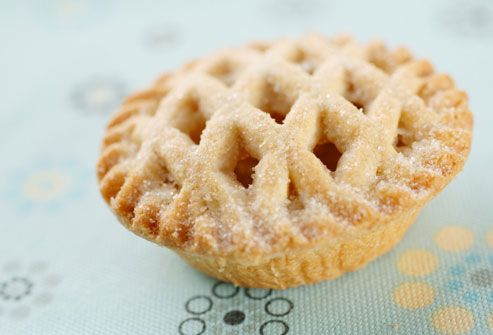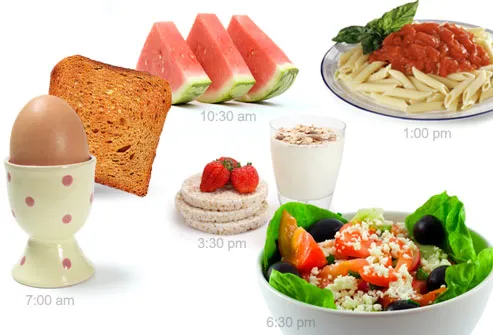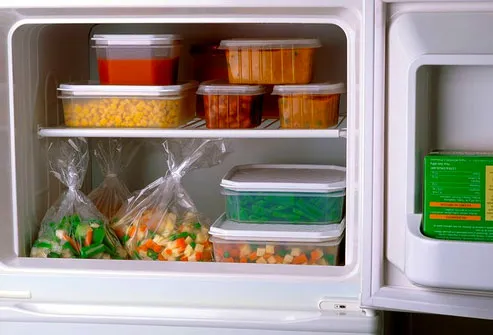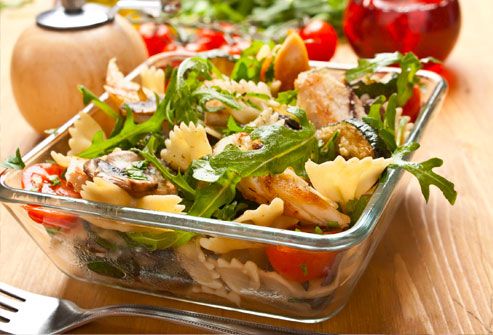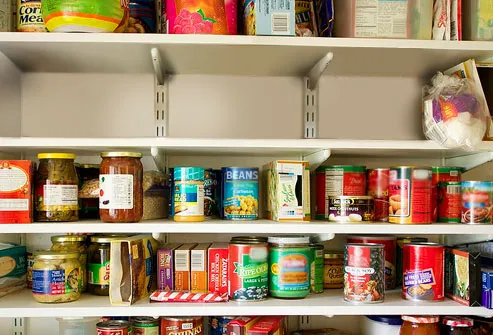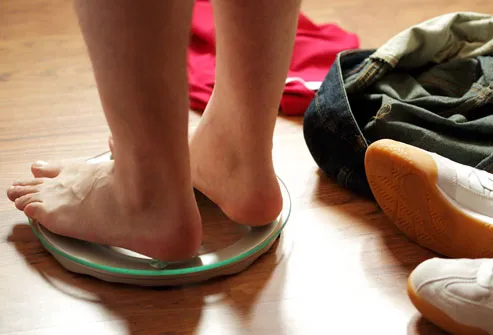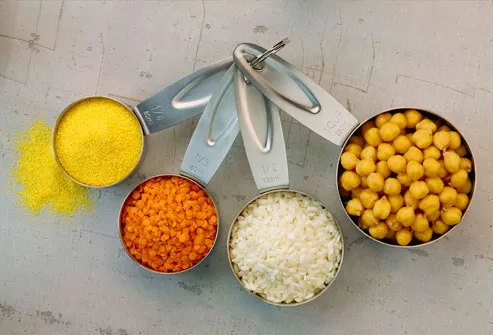As it turns out, nutrition isn't black and white at all. On a physiological level, it can be extremely complicated. Sometimes we do all the right things and still can't seem to manage our weight, our energy, or our health. Of course, if we could only live on the Biggest Loser Ranch we wouldn't have any of the obstacles that make eating healthy meals so complicated and impractical in the real world.
If only there were a few simple rules that made eating healthy simple?!
The good news is, there are three simple tips that can make healthy meals more of a no brainer. After all, we don't all have the time or money to study nutrition, to visit a certified nutritionist, or to order all our meals packaged and ready-to-eat.
If you assess your diet regarding the three guidelines below, you will be doing a better job than most towards getting the nutrients and energy your body needs. (And by "diet" I don't mean that four letter word that signifies perpetual deprivation but simply, what you consume daily.)
The Three Tips are to
1) keep your meals colorful
2) keep your meals small and frequent, and
3) keep your meals fresh.
As we explore these criteria in a little more depth, it will highlight some reasons you should incorporate them into your lifestyle.
1) Keep Your Healthy Meals Colorful
Our body needs six different nutrients to function optimally during the day. These include carbohydrates, proteins, fat, vitamins, minerals, and water. Most of us don't have time or sufficient interest to make getting our daily allowance of amino acids and essential vitamins a scientific venture. So how can you make sure you are getting what you need? Answer: by keeping your meals colorful. It is that simple.Picture a plate containing fish and chips beside a smoked salmon salad with a whole grain roll. One of these plates is monochromatic and the other has reds, greens, browns and whatever else your imagination used to dress it up. The more colorful plate has half the calories, more than twice the nutritional benefit, and will provide more lasting energy. Meanwhile, the monochromatic plate is also more likely to make you feel sluggish and desperately thirsty as a result of excessive sodium levels. The point is, picking healthy meals is a choice you are free to make.
While carbohydrates ( like bread, potatoes, rice, and starchy vegetables) and protein ( like meat, beans, and dairy) should be components of every meal, the more fruits and vegetables you add, the healthier and more colorful your meal will be. Even adding peas and carrots to the fish and chips plate would significantly increase the nutritional value of this dish. Presentation is not just for cooking shows- it is for your health, too.
People who eat mindfully (or in other words, don't have a weight problem) enjoy food with all of their senses. Practice making your meals and snacks colorful by incorporating a variety of food groups. This way they will be a feast for your senses, your belly, and your body.
2) Keep Your Healthy Meals Smaller and More Frequent
A healthy eating schedule is going to vary from person to person. Three square meals a day is sometimes the only thing someone has time to prepare and enjoy. However, food is fuel. If you are hungry, eat. If you are not hungry, don't. For many people, enjoying 4-6 smaller meals everyday actually helps them function more efficiently.Deprivation is not beneficial for your body or mind. You have to eat to lose. However, most of us are used to mindlessly eating portion sizes that are larger than what we really need. You want to be satisfied but not stuffed.
More frequent, smaller meals keep your metabolism revved and make it less likely that you will store food as fat instead of burning it for fuel. It also keeps your energy levels and blood sugar levels steady which decreases the likelihood of overeating at your next meal or suffering crashes in energy that cause you to crave lousy, processed foods and sweets.
Anyone who has ever grocery shopped on an empty stomach knows that creating healthy meals is easier if you don't let yourself get overly hungry. By making sure you have a healthy breakfast and healthy snacks available for the day ahead, you will be significantly less likely to feel the need to stuff your face and you will find it easier to manage your weight. Overall, focusing on eating to keep your energy up and your hunger under control will help you be a pleasant, healthy person.
3) Keep Your Foods Fresh
Eating healthy meals doesn't mean buying packaged foods that say they are healthy on the outside of the box. Healthy meals should include fresh foods. If everything you eat is unwrapped, microwaved, delivered, or frozen, you need a serious diet overhaul. What your body craves is nutrients, not preservatives and added chemicals. Processed foods are more calorically dense and harder for your body to breakdown so they are more likely to be stored as fat than natural food.If the ingredients list on a packaged food item is a bunch of words you don't recognize or have never seen before, don't buy it. Instead, build a skill for life and learn to cook the meal from raw ingredients. Ingredients that aren't in your granny's pantry, don't habitually belong in yours. In other words," if it doesn't grow, let it go". While it may seem like a convenient time saver now to buy the ready made stuff, preparing your own healthy meals will help you live longer, easily making up for the time it takes to prepare meals in the long run.
It takes conscious effort to incorporate these rules into your daily routine, but they will quickly become habitual with practice. Your efforts start in the grocery store where you can focus on choosing fresh foods and ingredients that will allow for plenty of nutritious choices for healthy meals and snacks in the days ahead. Then all you have to do is focus on including a variety of food groups to ensure you always add at least a splash of color. When it comes to fruits and vegetables, the more the merrier as far as your body is concerned.
Making color a priority, eating smaller meals as frequently as your hunger dictates, and seeking out fresh foods will pay off. In fact, assessing your healthy meals along these three guidelines might just help you save your health and your money. The more you fill your body with quality nutrients, the less you will crave U.F.O's (unidentified food objects). After all, having access to and eating healthy meals is a luxury, not a punishment.
Source: http://EzineArticles.com/6839731








